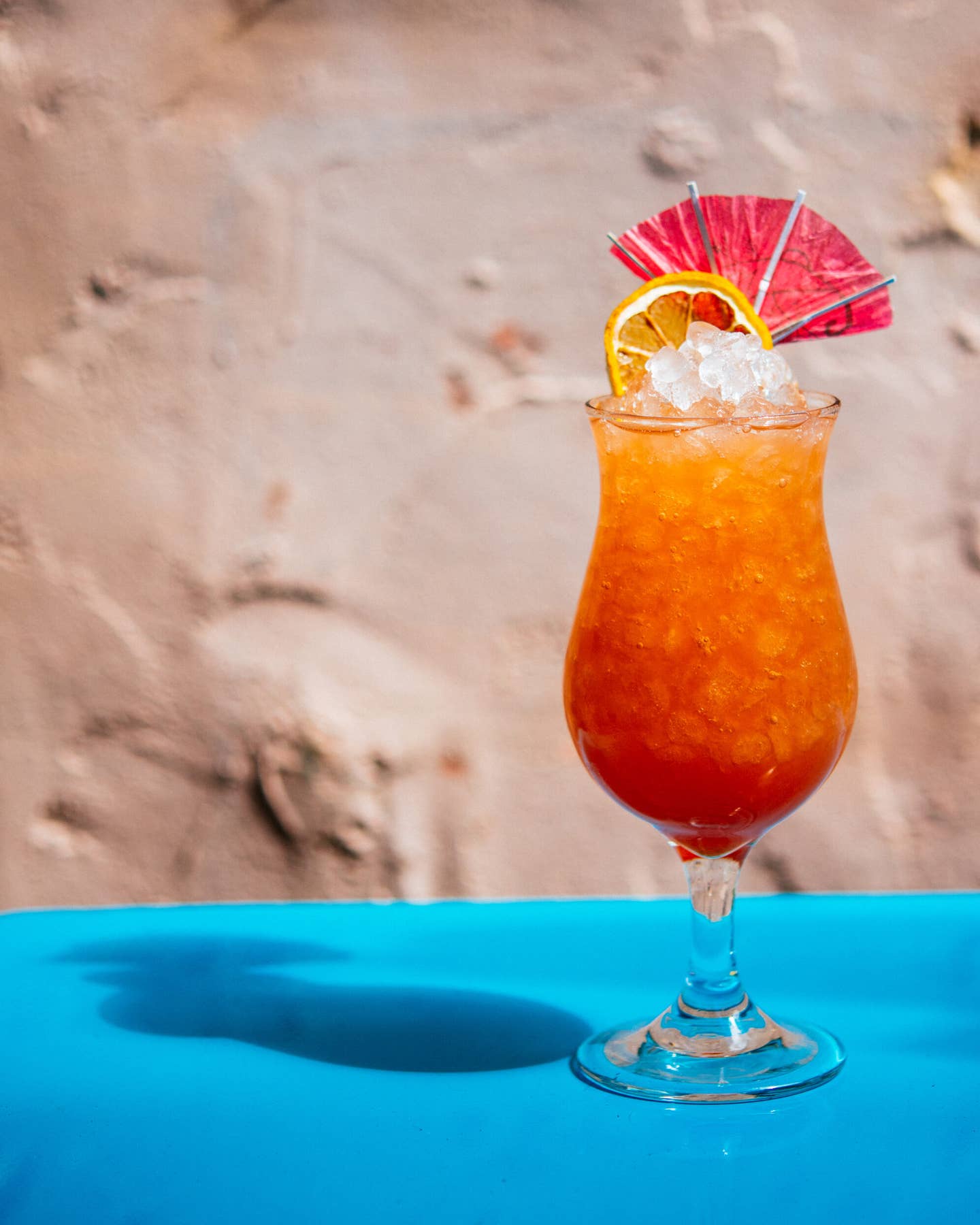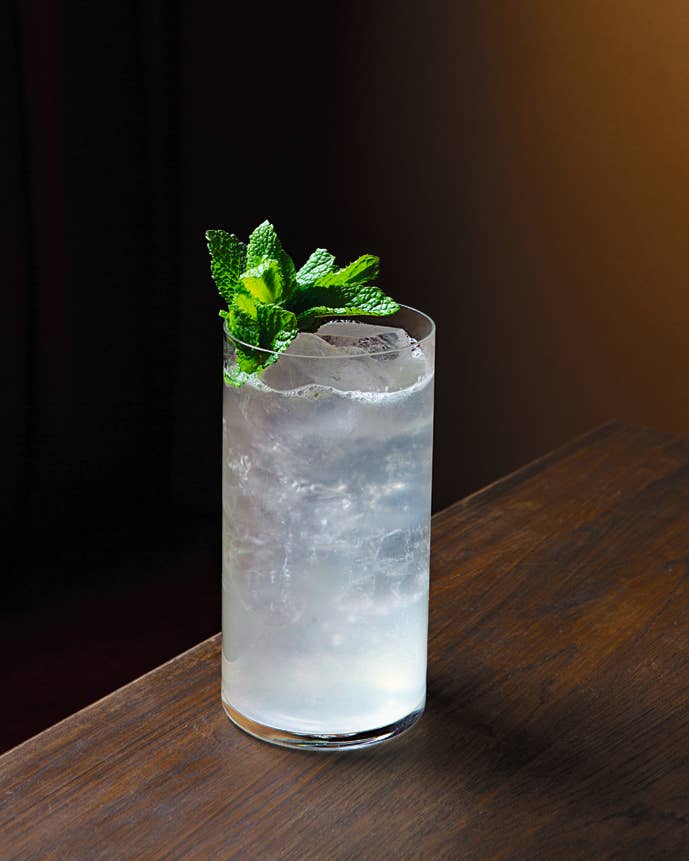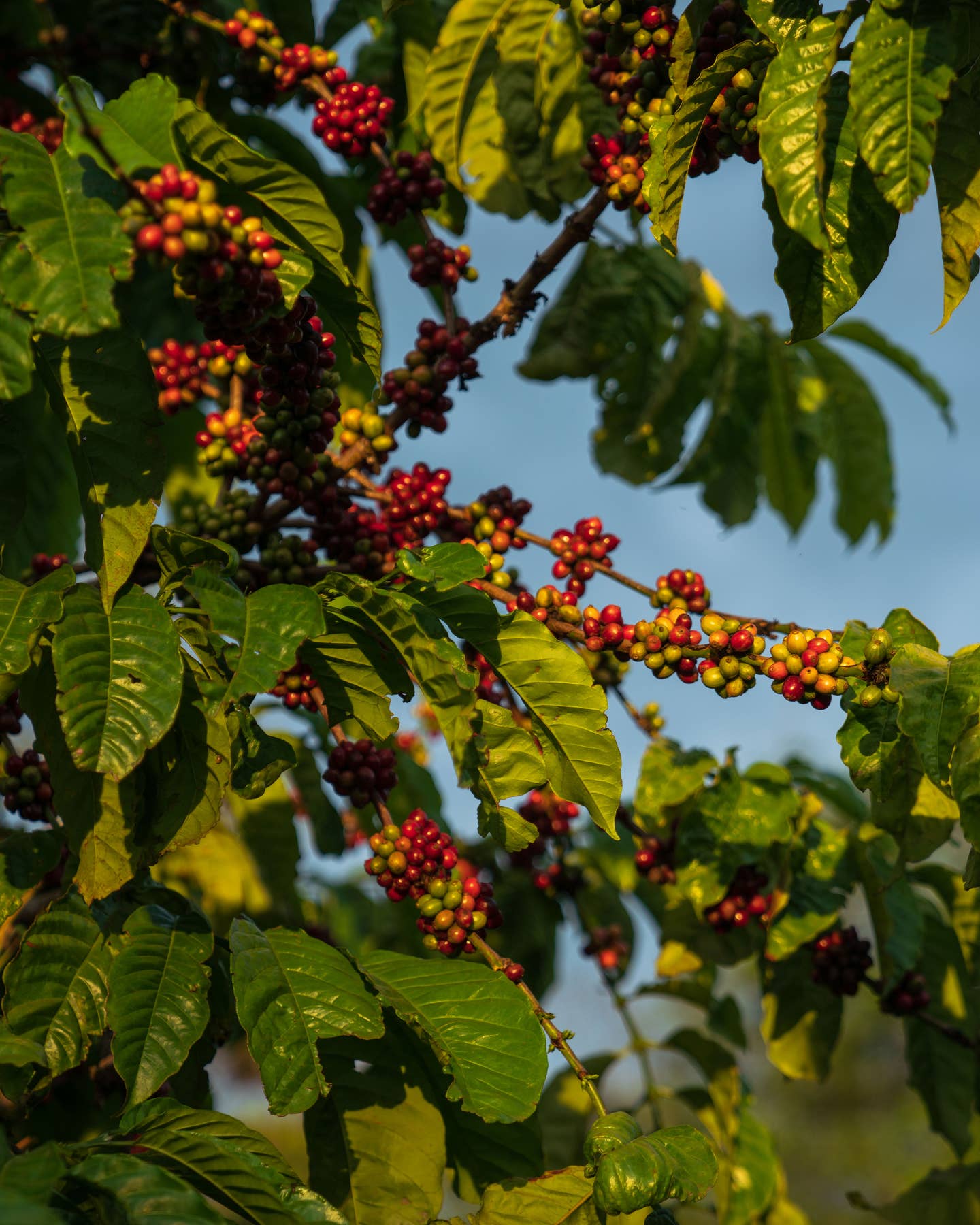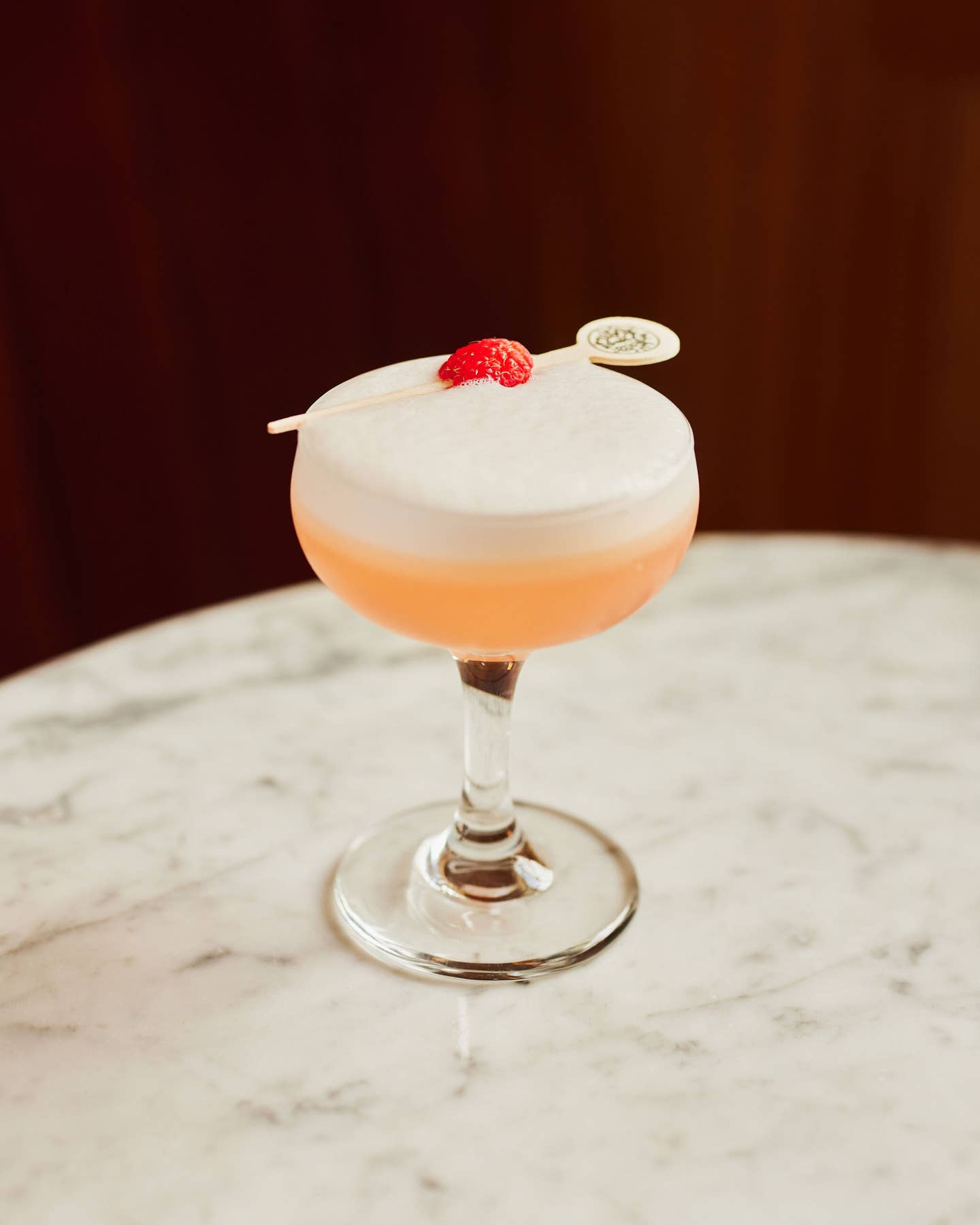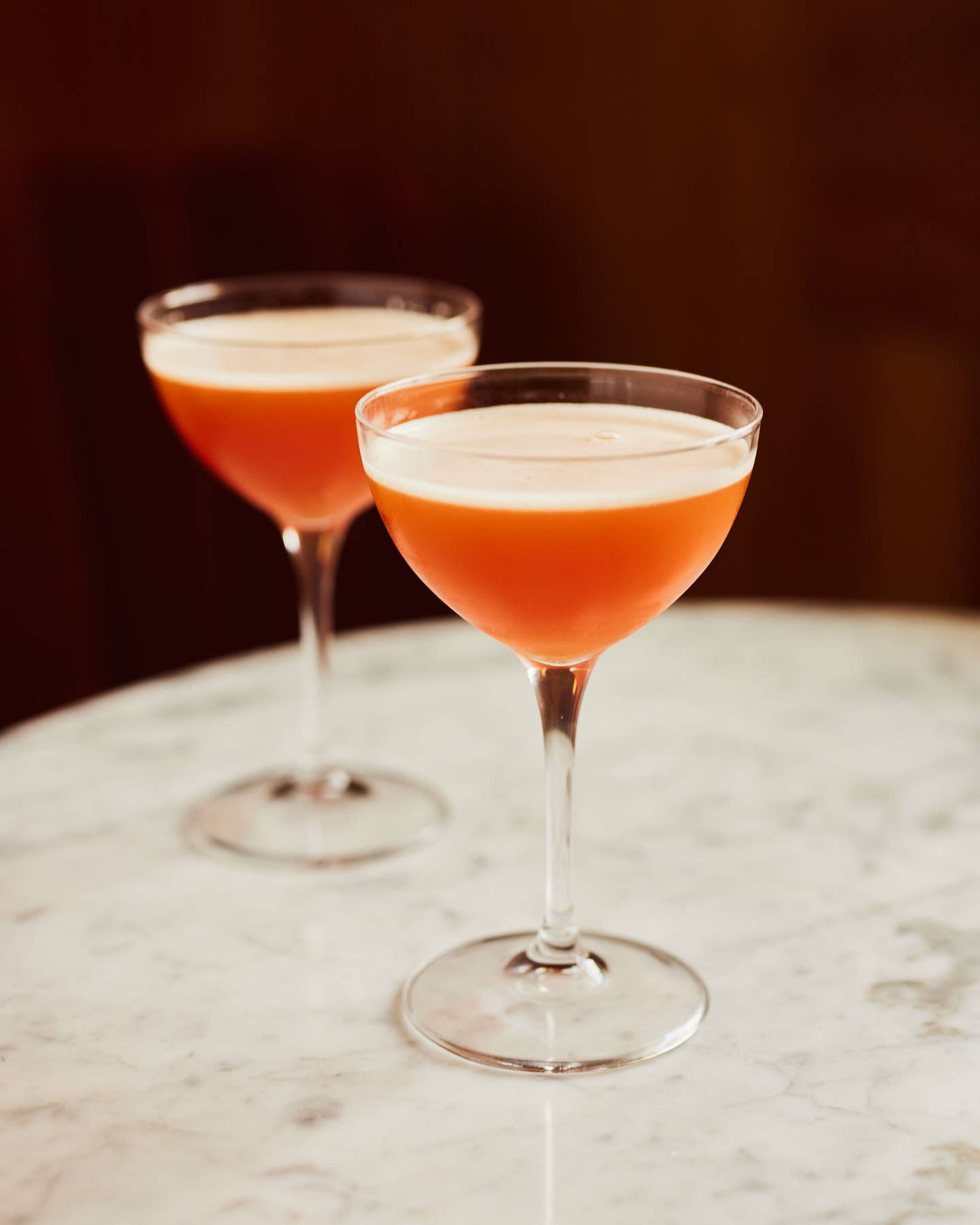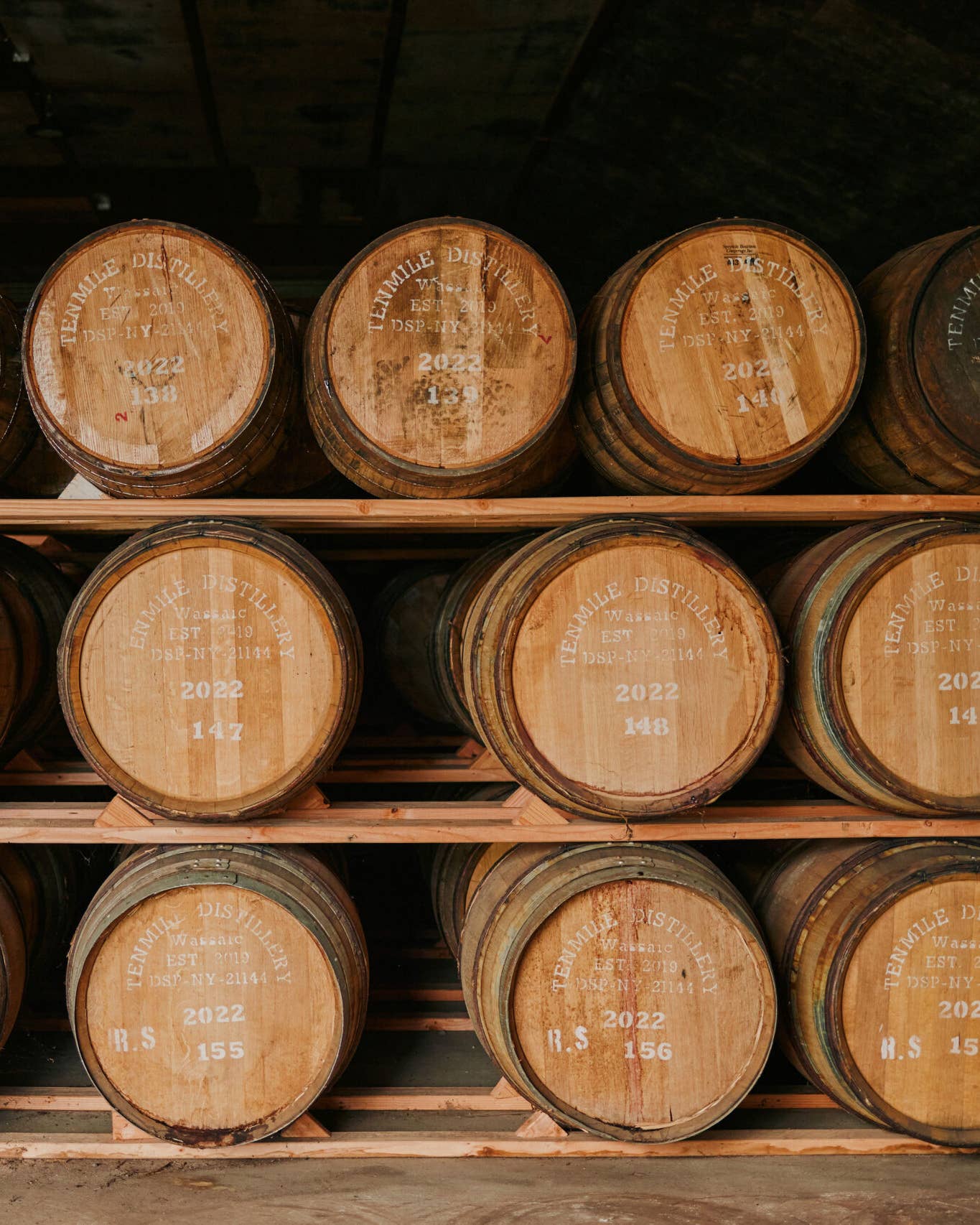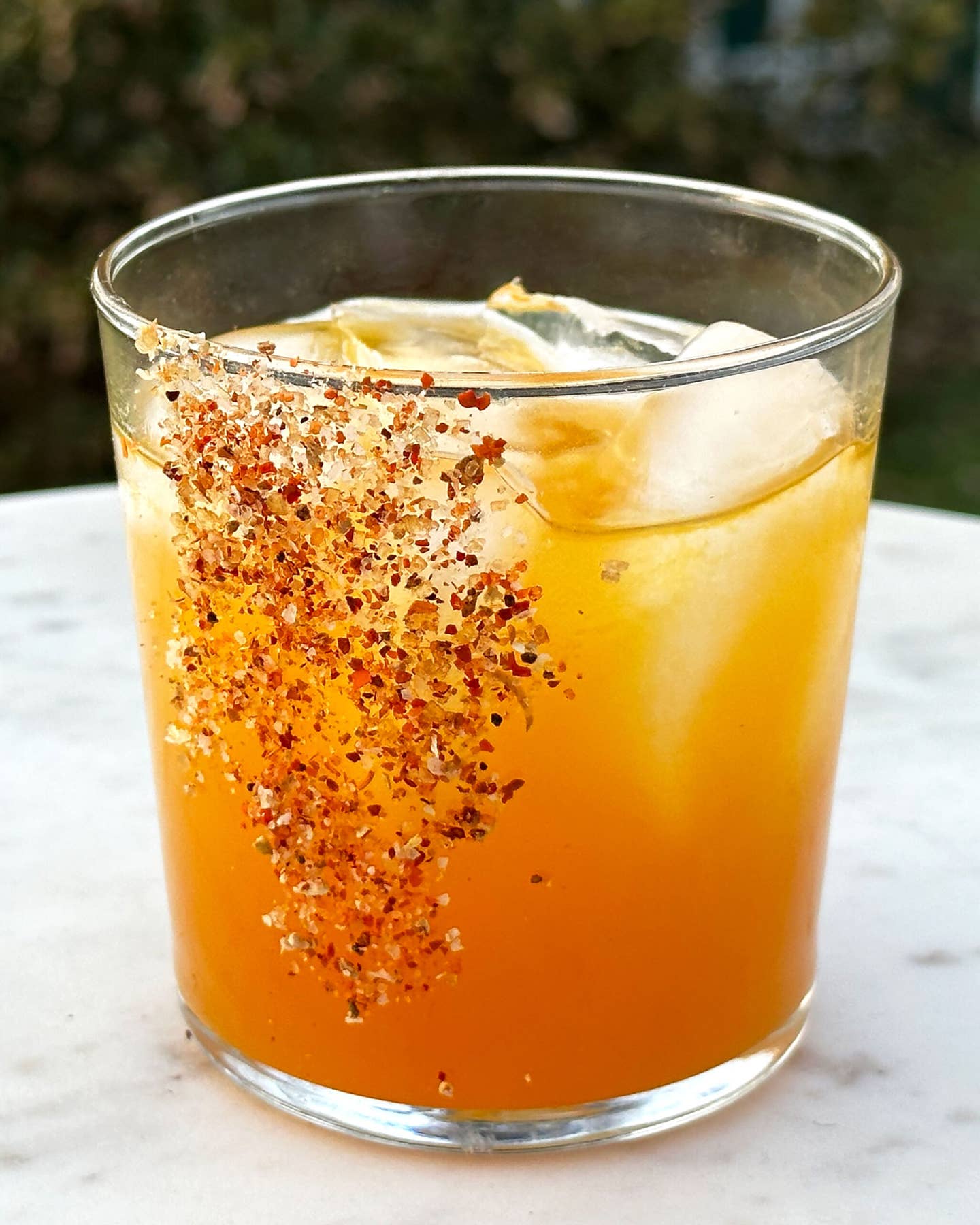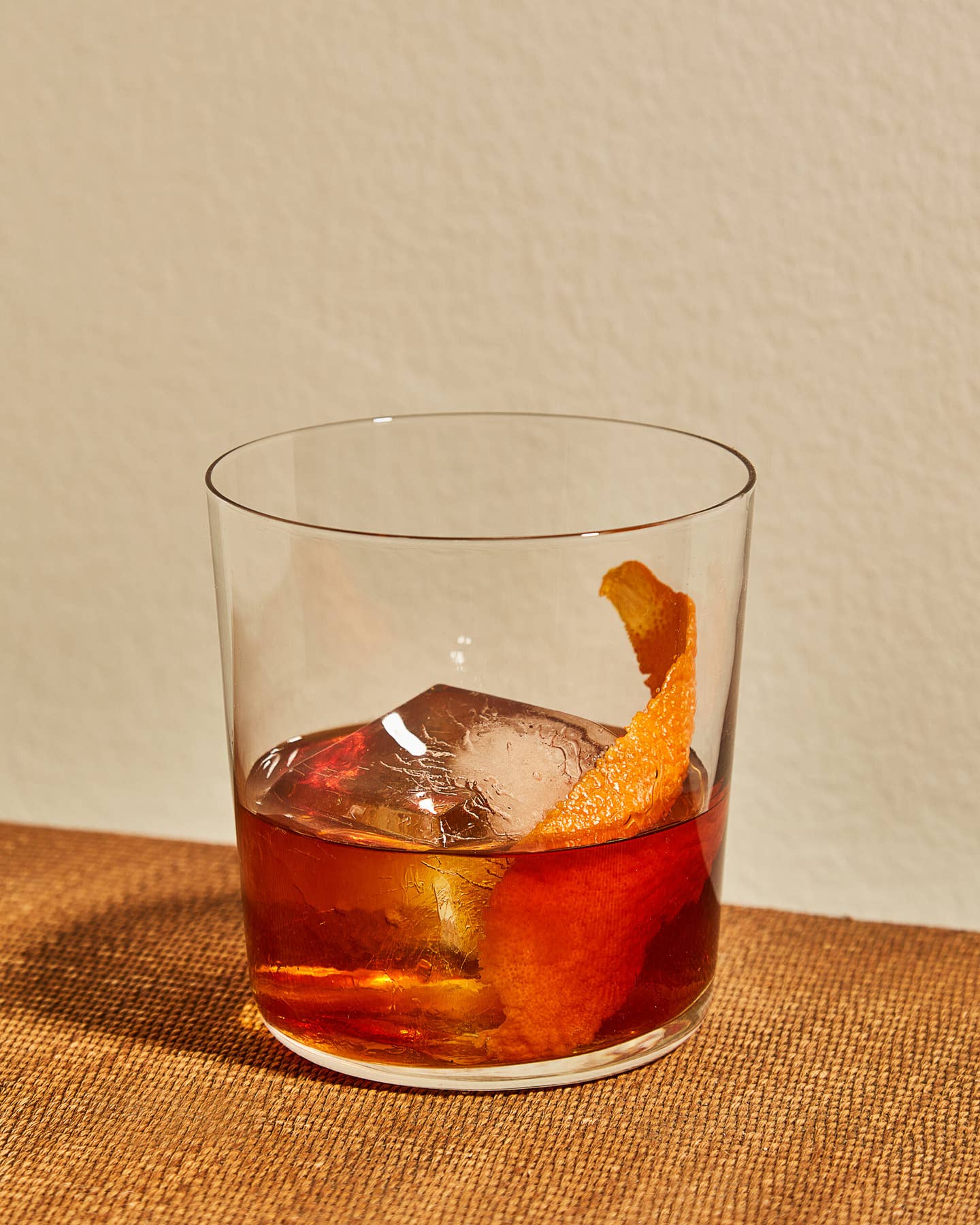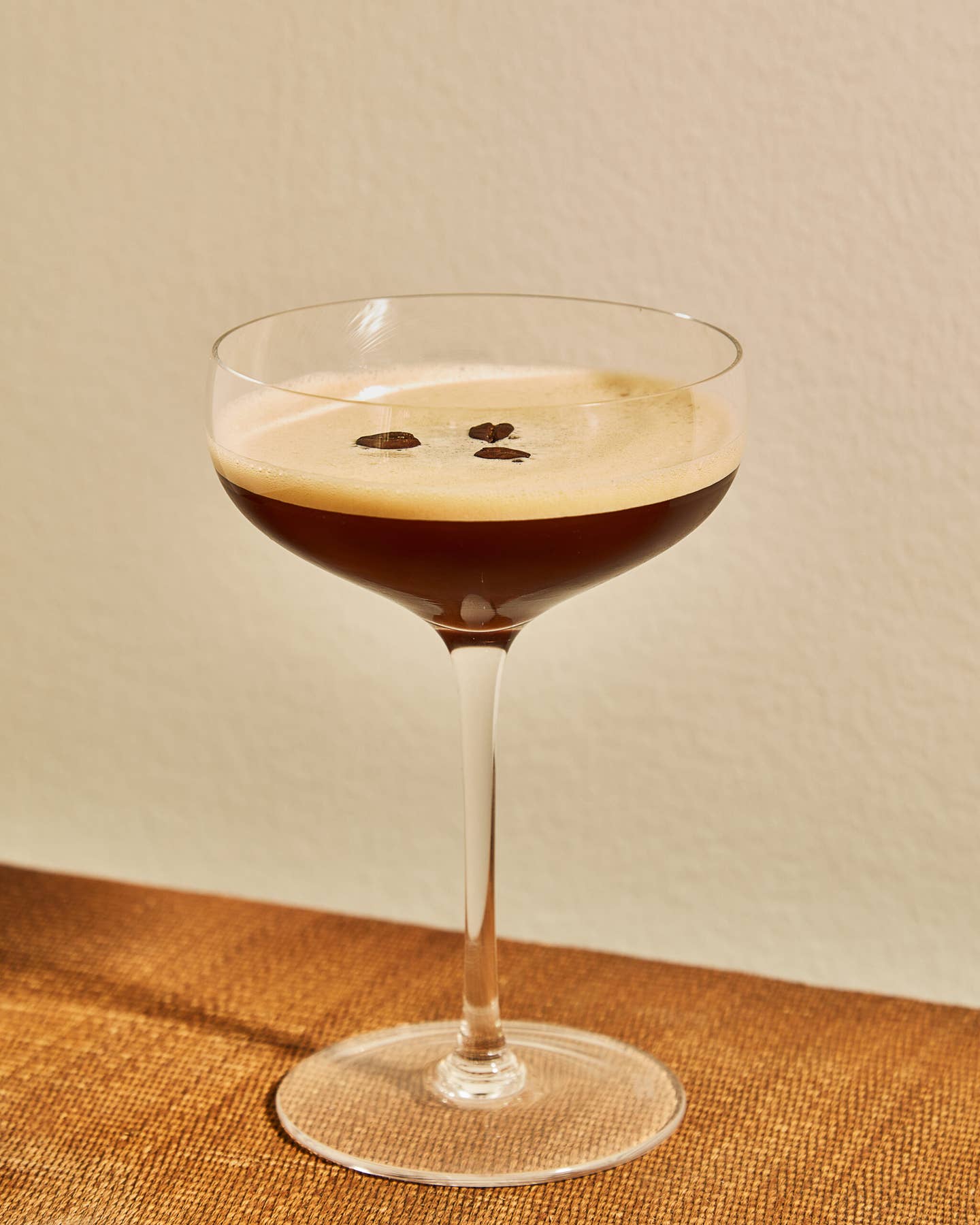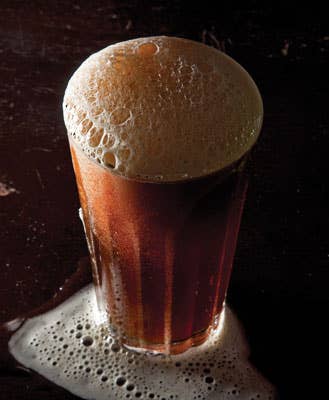
It was two in the morning in Birra Troll, a fire-lit brewpub in the alpine town of Vernante, Italy, and the owner, Alberto Canavese, sat with his chin in his hand. "The Romans drank wine. The pope drinks wine. Italy is about wine, wine, wine, wine, wine," he said. This was an issue. Canavese makes beer.
And yet, judging by what I'd found so far while traveling around northern Italy with my college-age daughter Hannah, Canavese had little reason to worry. Delicious, unusual microbrews, paired with equally innovative food, seemed to be everywhere. That night, for example, we'd had several rounds of Birra Troll's signature Shangrila, an amber ale flavored with ginger, coriander, cardamom, anise, saffron, curry, black pepper, and paprika, served alongside wild boar sausage grilled on the restaurant's wood-fired brazier.
It was Hannah who first tipped me off that microbrews are a growing presence in Italy. While living in Piedmont, the cradle of both Italian red wine production and the Slow Food movement, she had attended a beer-and-food pairing hosted by Birreria Baladin, a pioneering Italian microbrewery and restaurant near Turin. Afterward, she'd regaled me with an account of beers redolent of myrrh, black tea, and ginger, served with such things as foie gras and truffles.
This is how a new generation of Italians is enjoying its beer. The individual brews may be made in a nominally Belgian, German, or British style, but the impulse to experiment and to complement the bold-tasting beers with congenial foods is emphatically Italian. Witnessing this craft brewing revolution firsthand made me rethink not only Italian beer but the way Italians eat and drink.
The Italian craft beer movement began in earnest in the mid-1990s. It started in the north, which, coincidentally, is also home to the industrial brewers Peroni and Moretti. Why there? I speculated that the north's proximity to beer-loving Germany might have something to do with it, but Lorenzo Dabove, the former cultural director of Union Birrai, one of the principal Italian craft beer associations, said the explanation wasn't so simple. I had arranged to meet with Dabove at the beginning of our trip, to get some background on the movement. Perhaps, he surmised, it was the challenge of making beer that could meet the standard of the storied wines of the region. Whatever the impetus, the renewed interest in brewing has sparked passion for craft brews all over Italy.
Dabove mapped out an ambitious beer quest for Hannah and me, pointing out that most of the small, independent breweries worth visiting were off the beaten track. Our tour began in Lurago Marinone, a small town about ten miles from Lake Como that contained narrow winding streets and villas hidden by oleander bushes. There, a brewer named Agostino Arioli opened a brewery-restaurant called Birrificio Italiano with his brother, Stefano, in 1997.
On a weekday at noon, Birrificio Italiano was packed with patrons lunching on dishes like scialatielli (thick, ribbonlike pasta) topped with a piquant, puttanesca-like sauce flavored with Bibock, the brewery's bock-style beer. The menu also offered local salumi and thick slices of melted dobbiaco, a mild cows' milk cheese from Alto Adige, served with crostini. "We were not going to have the traditional 'menu da pub,' with fried chips and the like," Arioli told us when we found him behind the bar. "We decided to investigate traditional, regional Italian foods as a match for our beer." After only 12 years as a brewmaster, Arioli has become something of an eminence grise in the Italian craft brewing community and frequently advises up-and-coming brewers. Our favorite beer of his was Scires, a Flemish-style sour ale that demonstrates not only how closely Arioli has studied the traditional brewing methods of northern Europe but also how confident he is in tweaking them. He ferments Scires with wild yeasts that contribute invigorating tart and acidic qualities and blends young beer with some that's been aged to take a bit of the edge off. The inspired addition of dark, tangy Vignola cherries, which are fermented right along with the young and old beers, underscores the final product's convergence of sweet and sour flavors.
It was cold and damp the next night, when we visited the refurbished brick schoolhouse that is home to a brewpub called Citabiunda, in Neive, a town about 90 miles from Lurago Marinone. Neive's lone cabdriver was not answering his cell phone, so eventually we threw ourselves on the mercy of a tobacco shop owner, who agreed to drive us up a steep, vineyard-lined lane to the brewery. There, couples, families, and groups of friends dined from a casual bistro menu: platters of bresaola served with stracchino, a creamy cows' milk cheese; local tuma (tomme), a sheep's milk cheese, topped with honey, nuts, and ground cinnamon; pasta tossed with seasonal greens and cured meats.
Like all the craft beers we tasted, Citabiunda's brews are not pasteurized; they are also unfiltered and thus have a rich, bready quality. After dinner, we sought out two of the co-owners, Stefano Carbone and Marco Marengo. When I asked what prompted them to get into this business, Marengo told me he'd always admired the beers of Ireland and had even studied beer making there. And yet, Marengo added, their mission is also a sort of patriotic one. "We know there are plenty of Italians who think of beer as something to drink on a hot day, maybe with a pizza," he said. "But we think of our beers as complementing the best of our country's food. We are working to educate Italians about food and beer."
Marking the culmination of our tour was an evening meal at the restaurant of a boutique hotel called Casa Baladin, in the tiny hilltop town of Piozzo. The hotel was the latest venture of Teo Musso, who'd been described to me and Hannah as the rock star of Italian microbrewing. (He's since opened pubs in Cinzano and Rome and plans to open another in New York City, in 2011.) Back in 1986, we learned, he'd opened Birreria Baladin, a colorful pub featuring mostly Belgian beers that still draws lively crowds on weekends. A decade later, he traveled to Belgium to study with brewmasters there and then returned to his hometown to brew his own beer. Since then, Musso has continued to expand his operations and his notions about the role of beer in Italian gastronomy. This was the brewer who hosted the beer-and-food tasting that had so intrigued Hannah a few months back.
Musso is a man of eccentric methods. He is known for playing music to the fermenting beer—the sounds of tango for one, New Wave for another—so that the yeast can respond accordingly, and he ferments one of his brews in wooden barrels in his mother's garden, defying the brewers' axiom that exposure to air is the death of beer. His Nora, an ale created as a tribute to the brewers of ancient Egypt, uses unmalted kamut, a grain cultivated for thousands of years in the Nile River valley. The Egyptians didn't brew with hops, so Musso uses as little as possible, instead drawing a balancing bitterness from myrrh and ginger added prior to fermentation.
The night we visited Casa Baladin, the menu featured sauteed scallops with cubes of crisp potato (a whimsical take on fish-and-chips); ravioli stuffed with chickpeas and tripe; a grilled filet of beef served with french fries; poached quail eggs with sweetbreads, truffles, and spinach; and a platter of chocolate desserts that featured a hazelnut-studded gelato.
During the course of our dinner, we sampled half of Musso's dozen excellent beers. Super Baladin, a Belgian abbey-style brew inspired by a ninth-century recipe, was light and flowery, with a slightly bitter finish. The zesty, saison-style Wayan was well-balanced and champagne fizzy. Nora, Musso's ancient-Egyptian-style ale, was remarkably thirst quenching. The pours were small, the pairings thoughtful. The fruity Super Baladin, for example, brought out the earthy sweetness of the ravioli; the Noel, an ale with hints of licorice and pepper, held its own next to the bittersweet chocolate desserts.
As we were finishing the meal, Musso stopped by our table with glasses of Xyauyu, a rich, mahogany-colored beer styled after English barley wine. He told us that he brews Xyauyu using a variation on the solera method, a sherry-making technique that entails tapping and refilling barrels in rotation so that each barrel always contains some of the original wine or brew. The drink is sold in elegant bottles, boxed like a fine cognac. "This is a sofa beer," Musso advised—one to sip as a nightcap. Potent and complex, Xyauyu calls to mind a fine port. It is, like many of the beers we tasted on our trip, an extravagant drink, one even a pope might appreciate.
Keep Reading
Continue to Next Story

